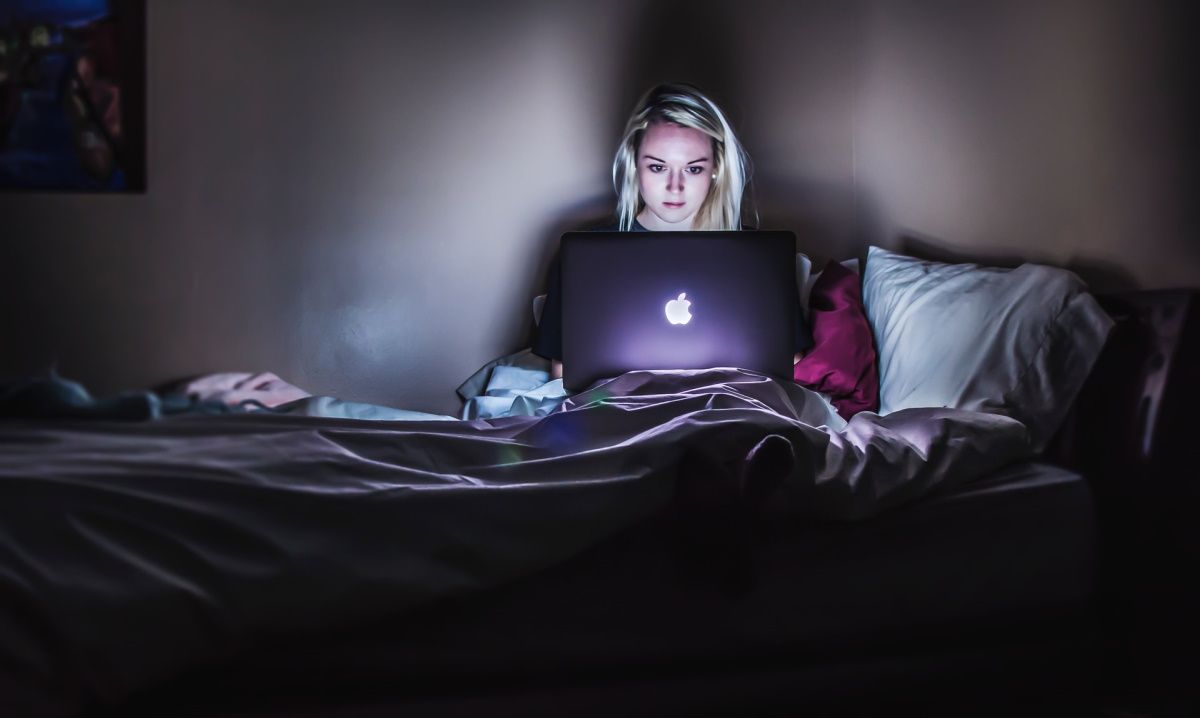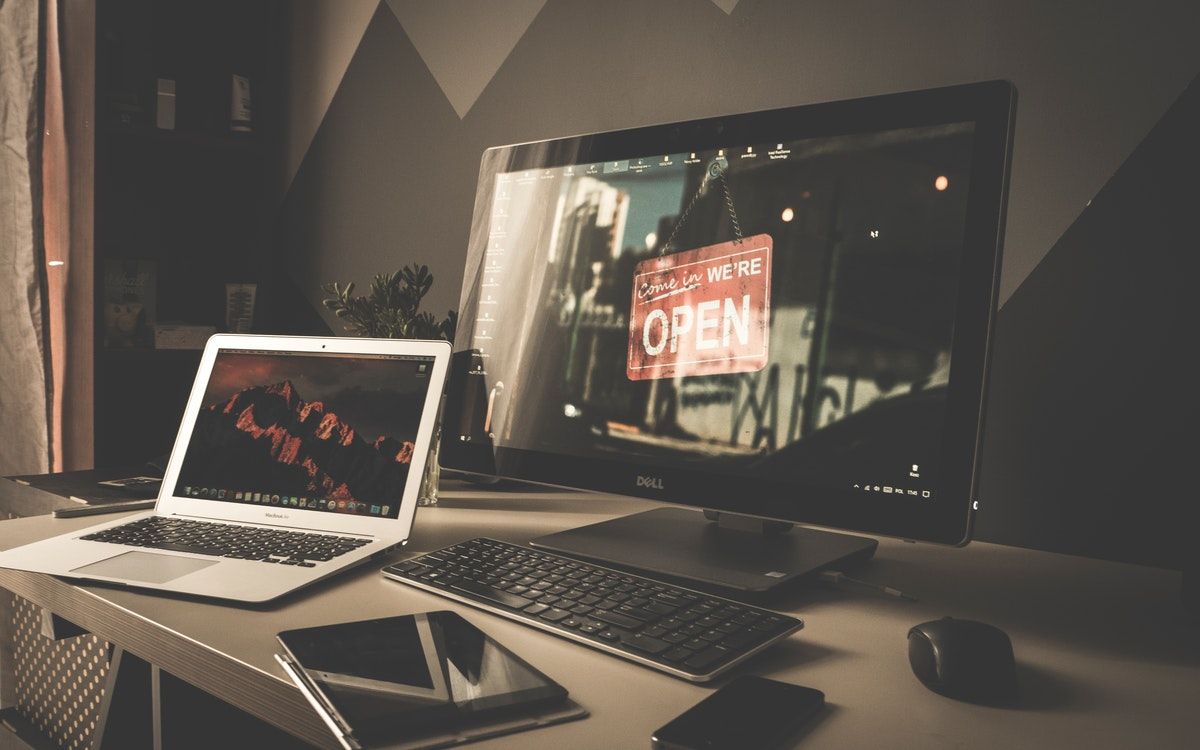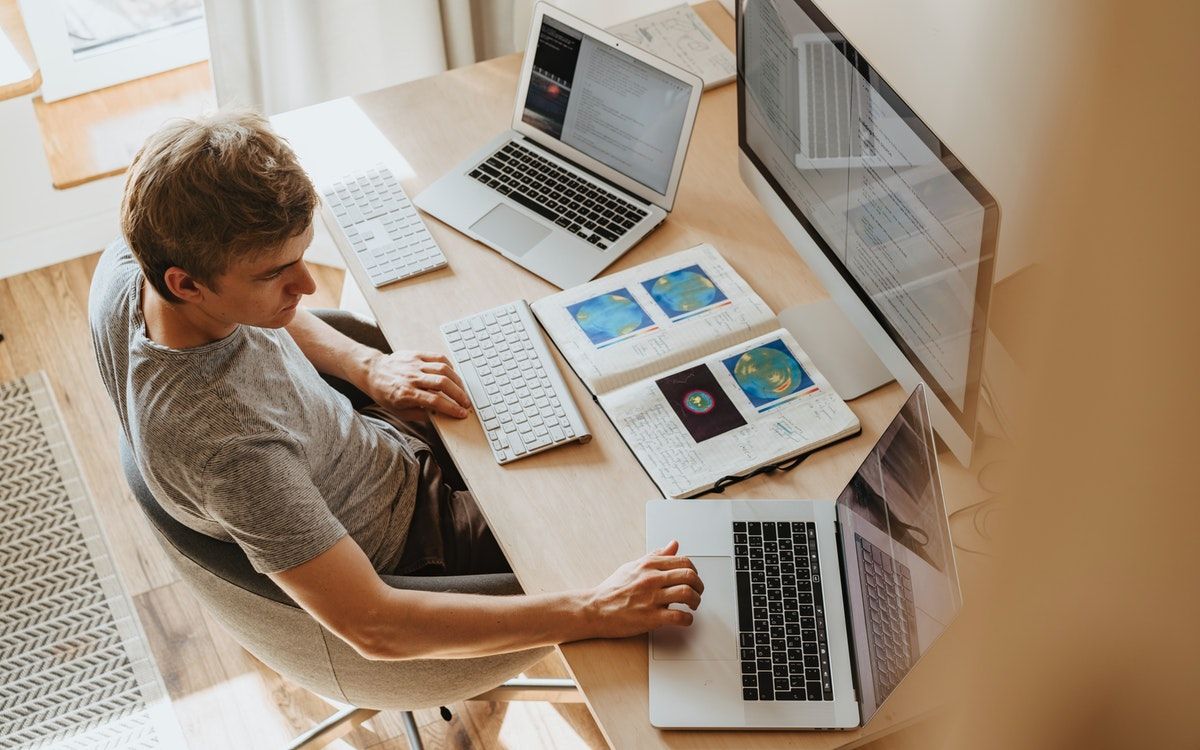One of the consequences of the COVID-19 pandemic has been the change in work models. Many companies now adopt a hybrid of on-site and remote working formats.
As a result, many people live through screens, with meetings, collaborations, workouts, entertainment, etc., all happening in the virtual space. But keeping your eyes glued to your screens can lead to problems like screen time exhaustion.
What Is Screen Time Exhaustion?

Screen fatigue occurs when the muscles around the eyes are strained due to prolonged exposure to screens. Some symptoms include: tired eyes, difficulty sleeping, headache, eye-watering, inability to focus, heightened light sensitivity, and blurred vision.
You might experience some of these symptoms because the muscles of your eyes constantly have to contract to focus and re-focus on the tiny pixels that make up the texts or images on your screen. Other contributing factors include reduced eye blinking, blue light, and glare.
However, these screens have been around for a while. But you are probably experiencing screen fatigue more because of a combination of the “always-on” work culture and the pandemic-induced work-life imbalance that pressures you into working around the clock, plus all the virtual socializing, and entertainment.
Since we are going to carry out daily activities across various digital platforms, it might be time to adjust some habits to reduce screen time, avoid eye fatigue, and increase productivity. Here are some steps that can be helpful:
1. Set Work-Life Boundaries

One of the biggest challenges many people face when working from home is work/life imbalance. You might be one of those struggling to unplug after work hours due to the proliferation of smartphones, collaboration and communication tools, and the pandemic blurring the line between the office and home.
As you sit down to eat dinner with your family after work, a Slack message appears on your phone asking if you can promptly forward the memos from the meeting you attended earlier.
Because it seems like an easy task, you chose to do it immediately. And that’s how you spend the next few hours glued to your computer when you were supposed to be relaxing. For many, the absence of the routine of commuting home from the office (that used to mark an end to the workday) makes them feel like they are still on the clock.
To solve this, when working remotely, you could create a new ritual that would mark the end of your work hours. For example, setting yourself as away on Slack or other apps you use for work, shutting down your work laptop, going out for a walk, or a workout, etc.
The important thing is that you do that specific activity consistently to create a clear line between work life and home life. It would also help if you could use a particular space for work in your home.
2. Use the 20-20-20 Rule

You can use the 20-20-20 rule to overcome screen time exhaustion, and protect your long-term eye health. Observing the rule is simple. Set your alarm to work for 20 minutes during your work hours, and take a 20-second break to look at something 20 feet (6.1 m) away from you.
During your 20 seconds break, you can stand and walk to a window to look at anything like trees or cars. You could also use the time to stretch, and drink some water. This is helpful because it allows your eyes to rest, since they are constantly contracting to focus on the pixels on your screens or other things up close when you are working.
3. Adjust Screen Brightness

Adjusting the brightness of your screen to limit the amount of glare can help reduce eye strain. That’s because your eyes need to work harder when your screen is significantly brighter than your surroundings.
You can also schedule the built-in blue light filter on your smartphone, or computer to protect your eyes. This setting is called “Night Shift” on Apple devices, and “Night Light” on Windows PCs and Android phones. Alternatively, you can use third-party blue light filtering apps like Twilight for more control. This is important because exposing yourself to blue light before you sleep at night can have harmful effects on your sleep-wake cycle.
You can also try activating dark mode on your devices. Although research into the benefits of the dark mode is inconclusive, many users claim that it helps reduce eye strain since it increases contrast on texts, making them easier to read. However, it is preferable to use dark mode in low-light conditions.
4. Invest in a New Monitor

Buying a new monitor might be one of your best investments to reduce eye strain, especially if you spend a lot of time in front of a screen. Some of these new monitors are packed with features designed to reduce blue light exposure and glare. Get a monitor with minimal display flickering, a high refresh rate, and an anti-glare panel if possible.
5. Adjust Your Posture

To reduce eye strain, you will need to adjust your posture and the distance that separates you from your computer screen. When your face is too close to your screen, you are likely to blink less, leading to dry, sore, or strained eyes. Exposure to the light from your screen can also damage your vision. On the other hand, sitting too far from your screen will lead to more strain on your eyes and neck as you try to read more clearly.
So, how do you solve this problem?
The recommended distance that should separate your face from your monitor ranges between 20-40 inches. You do not have to get a tape to measure that distance each time you want to work. All you need to do is sit straight in your chair, hold your arms out in front of you, and position your screen an arm’s length away.
Overcome Screen Time Exhaustion and Boost Your Productivity
Working from home comes with additional challenges like eye fatigue. However, implementing the tips above will go a long way to overcoming eye strain and staying productive.